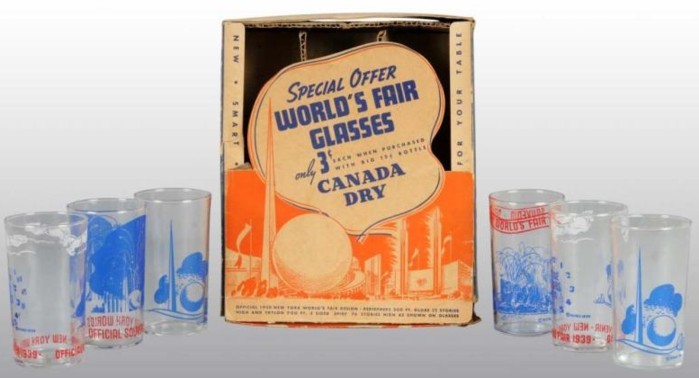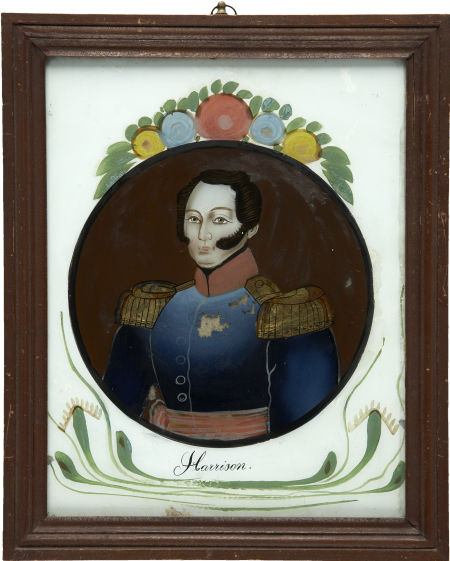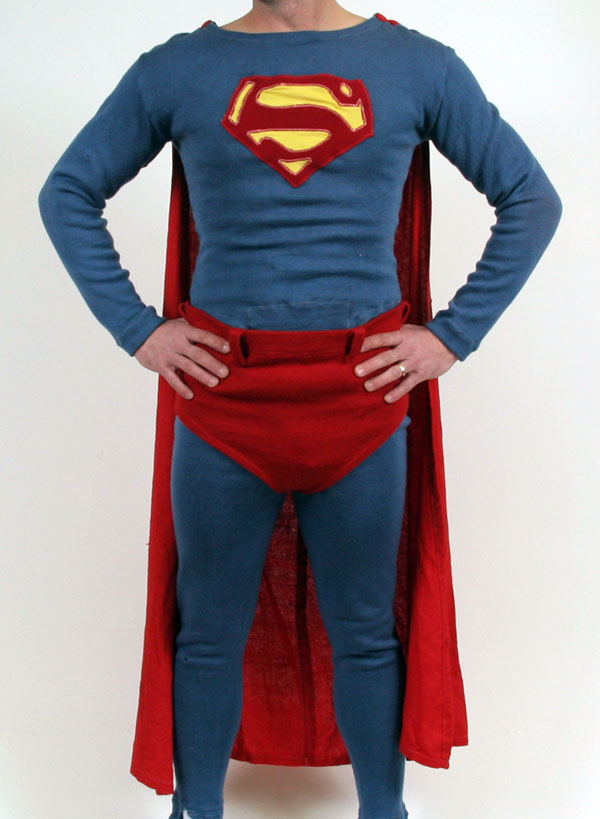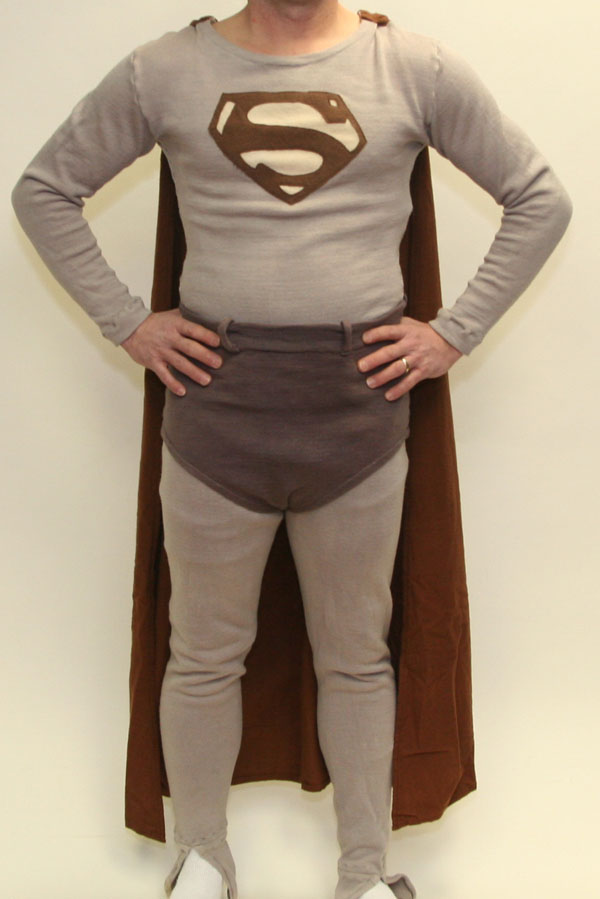Building the World of Tomorrow at the New York Fair – A History of New York’s 1939 Fair, the Trylon & Perisphere, and the astonishing array of World’s Fair collectibles
War in Europe and the Depression at home didn’t stop New York city fathers from hosting their first full scale World’s Fair. Many saw it as a way to generate income through tourism as with Chicago’s 1933-34 Century of Progress. The N.Y. Fair, while not a commercial success generated the iconic Trylon & Perisphere and hundreds if not thousands of collectible souvenirs.
1939-40 N.Y. World’s Fair History
In 1935, New York’s city leaders began talking about the possibility of a New York fair for 1939. This year was an appropriate choice, as it was the 150th anniversary of the inauguration of George Washington at Federal Hall in New York City. Some leaned towards a historically oriented fair, but ultimately, using Chicago’s Century of Progress as a model, the ’39 fair was themed “Building the World of Tomorrow.” The design board included visionaries of modernism Norman Bel Geddes, Raymond Loewy, Henry Dreyfuss, and Walter Dorwin Teague. The architecture of the fair continued the use of the streamlined art deco forms that had dominated the Chicago fair five years earlier.
New York Fair in Flushing Meadows
Robert Moses, the commissioner of city parks, sold the board on his choice of site. Flushing Meadows, 1,216 acres of marshy wasteland the city used as a dump, was referred to in F. Scott Fitzgerald’s The Great Gatsby as “. . . as valley of ashes. . bound on one side by a small, foul river.” Moses hoped that the reclaimed land would become the future home of Flushing Meadows Park when the fair was over. Unfortunately for the New York, the 45 million attendees spent considerably less than the $67 million the fair had cost.
Trylon & Perisphere and International Exhibits
The Trylon, a 610 foot tower, and the 180 foot diameter Perisphere became the signature structures of the fair, and may be the most recognizable of all World’s Fair icons. The empty Trylon was connected via a spiral walkway called the Helicline to the Perisphere, which housed an exhibit called Democracity.
Considering the state of affairs in Europe, a surprisingly large number of nations participated in the 1939 fair. A total of 60 countries and international organizations had a presence in Flushing Meadows. Conspicuous by its absence was Germany-Adolf Hitler had been offended by detrimental comments made by the Mayor of New York, and was saving his time and money for less wholesome endeavors, as the world would soon see.
1939-1940 World’s Fair Souvenirs
World’s Fairs were tourist destinations, and as such, today’s collectors can choose from a broad range of destination type souvenirs as well as brochures, train schedules, and memorabilia having to do with daily operations of the fair.
For the New York World’s Fair of 1939-1940, souvenirs included ashtrays, coasters, place mats, snow globes, pillow covers, teapots, vases, soda glasses, plates, silver spoons, trays, jigsaw puzzles, salt & peppers, pen knives, thermometers, jewelry boxes, dolls, compacts, match safes, tumblers, tea cups, letter openers, tie clips, and more. Manufacturers offered their own commemoratives as well, among them Heinz who distributed pickle pins, Planter’s Peanuts producing pin back buttons and special tins, and Kodak offering a special edition camera. A large majority of these give-aways feature the likeness of the Trylon and Perisphere such as this still bank.
Today’s Prices for 1939-40 World’s Fair Collectibles
Prices are reasonable for almost every kind of fair collectible. Postcards range from $1-2 each. A set of five plastic coasters might cost $15-20, and teapots sell for anywhere between $50-80. A snow globe recently sold on eBay for $58, and a Trylon & Perisphere thermometer in Bakelite brought $35.
-Article by p4A contributing editor Susan Cramer.
Reference & Further Recommended Reading:
To search the Prices4Antiques antiques reference database for valuation information on hundreds of thousands of antiques and fine art visit our homepage www.prices4antiques.com










